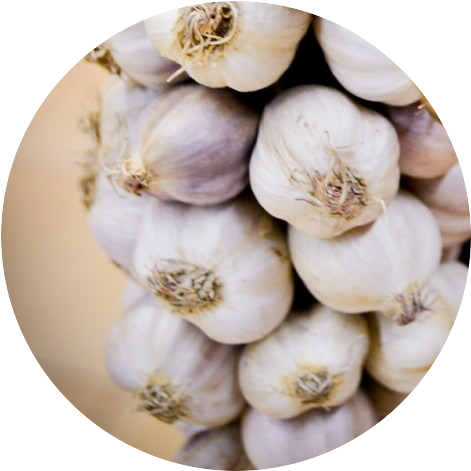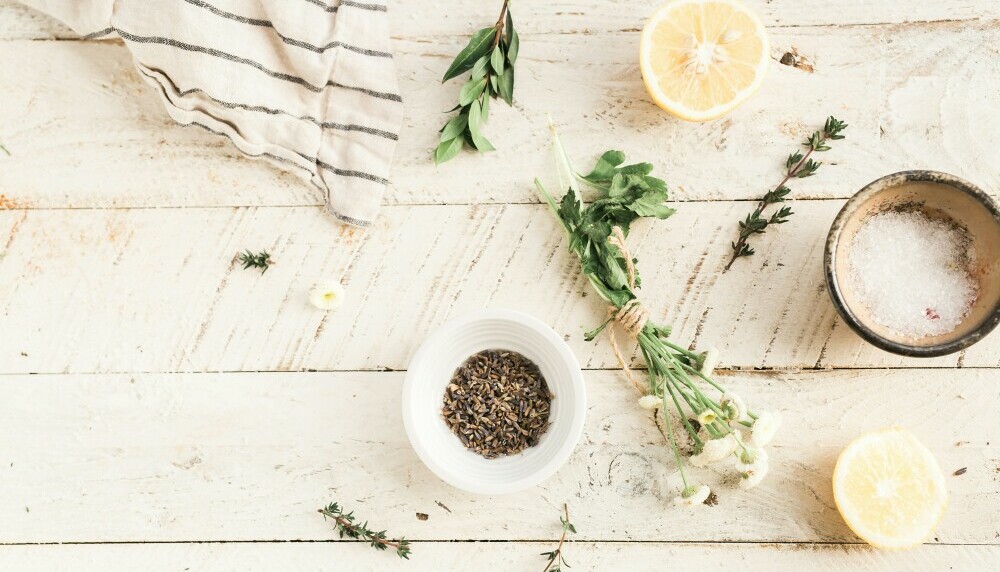A BRIEF INTRODUCTION: WHAT HAPPENS IN THE BODY DURING AN INFECTION?
An infection can occur when microorganisms enter the body and multiply. This happens, for example, when someone around you who has a cold sneezes and you pick up germs through your mouth and nose. Germs can also be transmitted through wounds or sexual contact. In general, there’s no need to worry because we all have a defense system that is triggered in these situations and does everything it can to stop the introduction of germs.
The body’s immune system plays a crucial role in determining the course of an infection or how quickly it clears up. In situations of prolonged stress, or when the body has to deal with changes in the weather and external challenges, the immune system can become weakened. We often see this during seasonal changes.
In these situations, it’s wise to support your own immune defenses so that an infection doesn’t break out or clears up quickly.
HOW DO ANTIBIOTICS WORK?
Antibiotics are commonly used to treat bacterial infections. Although they have been extremely useful and have saved lives, synthetic antibiotics should only be used in emergencies and as infrequently as possible. Synthetic antibiotics have a number of side effects. For example, they do not discriminate between harmful and beneficial bacteria, which can quickly lead to an imbalance in the intestinal flora. What’s more, antibiotic-resistant bacteria are not destroyed and can continue to spread. A course of gut restoration is essential after, and perhaps even during, antibiotic treatment.
Good to know: If you have an infection, your body will fight it with or without medical treatment. The effectiveness of its action depends on the strength of your immune system. You can support it both preventively and in an emergency.
HOW DO PLANTS HELP THE BODY?
Some plants and fungi have a natural antibiotic or antimicrobial effect. The discovery of the first antibiotic (penicillin) was also based on a mold culture solution.
Especially when it comes to treating a cold or preventing illness, we can use nature’s gentle tools to strengthen our immune system.
Most plants have their own protective mechanisms that they use when predators leave wounds, for example. On the one hand, these open areas need to be closed, and on the other hand, protection against harmful viruses and fungi needs to be established. Plants do all this according to their needs, only when and to the extent they need it. Essential oils, tannins, bitter substances and flavonoids are some of the natural active ingredients in plants that have an antibiotic effect, i.e. they kill germs.
These compounds have been shown to be highly effective against the human immune system. Another advantage of plant antibiotics is that they have no negative effect on our beneficial gut bacteria. On the contrary, many plants contain components that serve as food for intestinal bacteria. In this way, natural and plant-based antibiotics can boost the immune system and reduce susceptibility to infection. What’s more, unlike their synthetic counterparts, plant-based antibiotics work not only against bacterial infections, but also against viruses and fungi.
THESE PLANTS ARE CONSIDERED NATURAL ANTIBIOTICS

Garlic:
Garlic contains a number of valuable active ingredients, which is why it is traditionally considered a universal food. In particular, the amino acid allicin is said to have a germicidal effect, making garlic a natural antibiotic. Garlic also has a positive effect on blood lipids and the cardiovascular system. Of course, garlic is a wonderful addition to any dish. But it can also be used as a drink in combination with lemon and ginger.
Onion
Onions are a popular traditional remedy for all kinds of ailments and diseases. It contains sulfur compounds and a coloring agent, quercetin (in red onions), which are believed to have a special effect on the immune system. Onions are even said to be able to fight staphylococcus bacteria and prevent gastrointestinal infections. Onions can be used in a variety of ways to treat colds. For example, onion poultices are very useful for ear infections. To relieve cold symptoms, especially inflammation of the throat and pharynx, we recommend drinking onion water.
Horseradish and Nasturtium
Like nasturtium, horseradish contains mustard oil glycosides, which are released in the stomach in the form of mustard oils. Mustard oils are excreted through the bladder and lungs, where they can exert their antibacterial effects, making them effective in treating urinary tract infections as well as throat, bronchial, and lung infections. A study has shown that mustard glycosides from horseradish and nasturtium can exert their antibiotic effect against 13 different types of bacteria, making them an ideal alternative to synthetic antibiotics.
Sage
Sage contains numerous essential oils with anti-inflammatory, antimicrobial, and antifungal properties. Sage is particularly effective in treating inflammation of the mucous membranes and throat. It is also particularly easy to consume in the form of a sage infusion. Sage also has an antiperspirant effect, which is why it is recommended for women who experience hot flashes during menopause.
Oregano
Oregano oil is considered a powerful natural antibiotic because it contains concentrated essential oils and tannins that have germicidal and antifungal properties. Oregano oil is often used in combination with coconut oil as part of a detoxification regimen. Oregano oil can be used as an essential oil.
RECIPES WITH HERBAL ANTIBIOTICS
Detox Recipe: Garlic and Lemon Drink
You will need :
- 5 lemons
- 2 heads of garlic (about 30 cloves)
- 1 liter of water
Here’s how to make it:
Wash and quarter the lemons.
Peel the garlic and put it in a blender with the lemons and a little water.
Place the garlic and lemon mixture in a saucepan with the remaining water and bring to a brief boil over high heat.
Pour through a sieve into a bowl and then into a jar using a funnel. Set aside in the refrigerator.
Recipe: Onion Water
Cut a large onion into thin slices and place in a saucepan. Sprinkle warm water over the onions until they are completely covered and let stand for a few hours. Make sure the pan or dish is covered. You can drink the water and/or gargle with it.
Recipe: Horseradish and Nasturtium Juice
You will need:
- 50 g nasturtium leaves
- 1-2 cm of horseradish root
- 250 ml alcoholic mixture (50%)
Here’s how to make it:
- Roughly chop the nasturtium leaves and grate the horseradish.
- Mix the two in a clean screw-top jar and fill with alcohol.
- Leave to macerate for about 2 weeks, shaking occasionally. Then strain and pour the juice into a bottle.
Recipe: Horseradish paste
You’ll need:
- 1 horseradish root (about 20-25 cm)
- 1 tablespoon apple vinegar
- 2 tablespoons water
- 1 pinch of salt
Here’s How to Make it:
- Peel and chop the horseradish.
- Place the pieces in a blender with the water and blend well. Add a little more water if necessary.
- Add the cider vinegar and a little salt and blend again. Add more vinegar if needed.
- Pour into a jar, store in a cool place and use within 4 weeks.
This paste is perfect for seasoning dishes. Before pepper was so readily available in Germany, many dishes were garnished with horseradish paste. In fact, horseradish goes well with almost anything that’s good with mustard.
Recipe: Sage infusion
Pour boiling water over freshly picked or dried sage leaves and leave covered for 10 minutes. It is recommended not to exceed a daily dose of 6 grams of sage.
Make sure the sage leaves are organic to avoid pesticides and the like.
Recipe: Oregano Oil
You’ll need:
- 750 grams of fresh oregano or 250 grams of dried oregano
- 500 milliliters of high-quality vegetable oil
Here’s how to Do it:
Mix the two ingredients and either heat the oil in a saucepan for about 2 hours, or let the oil macerate in a dark place (not the refrigerator) for 2 to 3 weeks. Shake it from time to time. Then filter and pour into one or more clean bottles.


